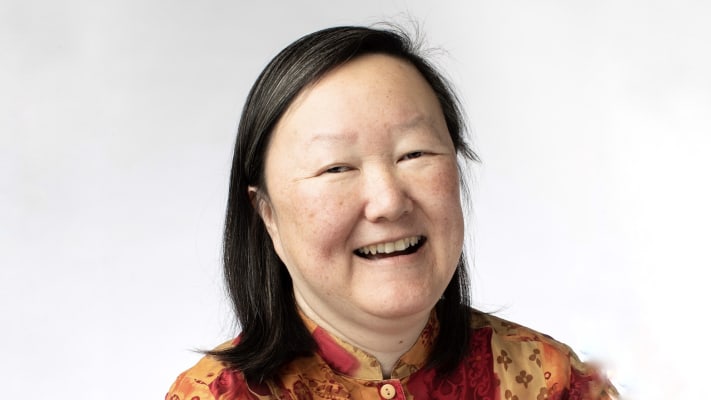Reproduction in a Toxic World

Title
Reproduction in a Toxic World
Speaker
Jennifer Fung - University of California San Francisco, California
Abstract
Infertility is a surprisingly common problem affecting 10-15% reproductive age couples. One major cause of infertility is the failure to produce normal gametes, which results in sperm and eggs having an abnormal number of chromosomes. Although the underlying cause for this gamete aneuploidy is unknown, there is mounting evidence that environmental chemicals can contribute to its incidence. Numerous industrial chemicals are detected in the maternal and umbilical cord sera, and are thus poised to have an impact early in development. Exposures to these unmonitored and untested chemicals in utero may also adversely impact future reproductive health, particularly in females for whom this period comprises the initial stages of gametogenesis, when the oocyte is forming. However, the evaluation of chemicals for reproductive toxicity lags greatly due in part to the lack of rapid methods to evaluate the tens of thousands of chemicals in use today. Environmental chemicals, such as pesticides and plasticizers, may affect germ cell development, particularly meiosis, the key process by which chromosomes segregate to make gametes. To tackle this problem, we have been developing a series of nonmammalian assays in budding yeast, nematode and flies to rapidly query reproductive toxicity. We are testing the hypothesis that chemicals identified concurrently between very diverse systems are more likely to hit a conserved function that is also conserved in humans. We will discuss our findings about the suitability of each organism for finding common reproductive toxicants and discuss how well these organisms identify known mammalian reproductive toxicants. We will also discuss how these organisms may provide sufficient data to build predictive algorithms to apriori identify compounds that detrimentally affect gametogenesis.
Bio
I started my science career as a biophysics graduate student in the labs of Dr. John Sedat and Dr. David Agard at the University of California, San Francisco (UCSF). My thesis project involved developing 3-D deconvolution microscopy techniques and cryo-electron tomographic techniques to span low and high resolution biological studies. I continued using fluorescence microscopy as a postdoctoral fellow at Yale University in the lab of Dr. Shirleen Roeder to develop an imaging-based analysis of crossover interference during meiosis in yeast, which was typically only assessed using genetic means. I then became a Sandler Fellow at UCSF which is a five-year independent position which I explored novel ideas about meiotic crossover control. I transitioned to a faculty position in 2009 in the Obstetrics, Gynecology and Reproductive Sciences Department at UCSF where I am now. My work now centers on how homologous chromosomes pair during meiosis and environmental effects that lead to reproductive harm. I am on editorial boards of PLoS One and Open Biology and have been honored as an American Cancer Society, Alfred P. Sloan and Kavli Fellow for my work.
When
June 23rd 2023, 14:00
Where
Room 704, DIBRIS, Via Dodecaneso 35